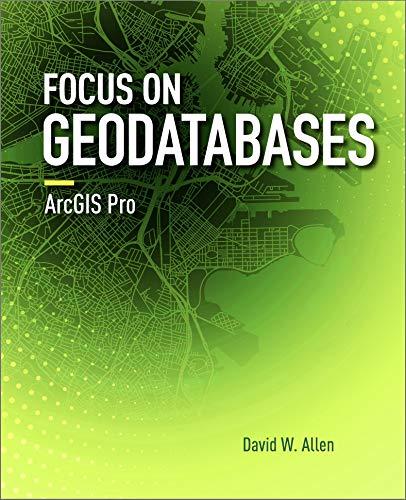I need help in R please help fast



The questions in this lab refer to a set of data that includes 11 variables and 159 observations. It represents thefts that have taken place on campus. Information collected on these thefts include: - EVENTID: 9 digit number used to represent each incident - OCCURR_DATE: date when the incident took place - YEAR: the year that the incident took place - TIME: the time that the incident took place (i.e., AM and PM) - DOW: the day of the week that the incident took place (i.e., SUN, MON, TUE, WED, THU, FRI, SAT) - DOW_V2: whether the incident took place on a weekend or weekday - LOC: the workout facility where the theft took place (REC=Rec Hall; IM = IM Building; WHITE = White Building) - IN_OUT: whether the incident took place indoors or outdoors INCIDENT: provides a brief description of the incident - PROPVAL: value of the property stolen (expressed in US dollars) - PROPVAL_V2: coded version of the variable PROPVAL (i.e., UNDER $50, $50$200, and OVER \$200) - EST_DETECT: estimated time it took the victim to detect something was stolen and call 911 (expressed in minutes) NOTE: The data file has not been provided here but proceed as if it has been read into R with the data frame incidents. Please use this name for the data frame and the variable names above to answer the questions below. Please also remember that when you type these variable names, R is case sensitive. Complete the blank spaces below with the syntax you would use to create the image shown above. freq.graph +( binwidth =150)+ (x= "Value of Property", y= " Based on the plot shown in the previous question, the variable's distribution can be best described as: normal positively skewed negatively skewed leptokurtic Complete the blank spaces below with the syntax you would use to create the image shown above. scatter.graph y= "Detection of Theft in Minutes") The questions in this lab refer to a set of data that includes 11 variables and 159 observations. It represents thefts that have taken place on campus. Information collected on these thefts include: - EVENTID: 9 digit number used to represent each incident - OCCURR_DATE: date when the incident took place - YEAR: the year that the incident took place - TIME: the time that the incident took place (i.e., AM and PM) - DOW: the day of the week that the incident took place (i.e., SUN, MON, TUE, WED, THU, FRI, SAT) - DOW_V2: whether the incident took place on a weekend or weekday - LOC: the workout facility where the theft took place (REC=Rec Hall; IM = IM Building; WHITE = White Building) - IN_OUT: whether the incident took place indoors or outdoors INCIDENT: provides a brief description of the incident - PROPVAL: value of the property stolen (expressed in US dollars) - PROPVAL_V2: coded version of the variable PROPVAL (i.e., UNDER $50, $50$200, and OVER \$200) - EST_DETECT: estimated time it took the victim to detect something was stolen and call 911 (expressed in minutes) NOTE: The data file has not been provided here but proceed as if it has been read into R with the data frame incidents. Please use this name for the data frame and the variable names above to answer the questions below. Please also remember that when you type these variable names, R is case sensitive. Complete the blank spaces below with the syntax you would use to create the image shown above. freq.graph +( binwidth =150)+ (x= "Value of Property", y= " Based on the plot shown in the previous question, the variable's distribution can be best described as: normal positively skewed negatively skewed leptokurtic Complete the blank spaces below with the syntax you would use to create the image shown above. scatter.graph y= "Detection of Theft in Minutes")










